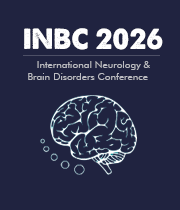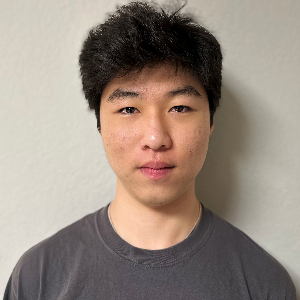Title : A method of diagnosis: Variations in the connection of nodes in triple-network model due to tension
Abstract:
The Triple Network Model—comprising the Salience Network (SN), Default Mode Network (DMN), and Central Executive Network (CEN)—provides a framework for understanding how anxiety alters brain connectivity. We investigated these network interactions using a previously published fMRI dataset (Yeshurun et al., 2017), in which anxiety was experimentally induced through narrative manipulation. Participants listened to Pretty Mouth and Green My Eyes with either an anxiety-inducing or neutral backstory, allowing us to examine functional connectivity at peak tension.
We hypothesized that heightened anxiety would lead to increased functional connectivity within and between the SN, DMN, and CEN, with the CEN acting as a bridge between emotional processing (DMN) and salience detection (SN). Our findings supported this hypothesis, revealing significantly greater network density in the anxiety group compared to the control group. Notably, connectivity between the SN and specific DMN regions increased, suggesting a more vigorous interplay between salience processing and self-referential thought under tension. Additionally, the CEN’s role as a bridge between the SN and DMN may reflect increased cognitive engagement and attention allocation during emotionally charged moments.
These results have important implications for understanding anxiety-related neural mechanisms. Current anxiety diagnostics rely heavily on subjective self-reports, whereas brain imaging provides a more objective measure of neural activity. However, many fMRI studies use artificial stressors that may not accurately reflect real-life anxiety experiences. Our study demonstrates the potential of naturalistic stimuli, such as narratives, to elicit meaningful neural responses to anxiety. By using ecologically valid stimuli, we gain a more realistic understanding of how anxiety dynamically alters brain connectivity in real-world settings.
This research provides a foundation for developing diagnostic biomarkers based on functional connectivity patterns. By comparing these patterns in individuals with and without anxiety disorders, clinicians may refine diagnostic criteria and improve treatment monitoring. Furthermore, our findings suggest that interventions targeting network-specific disruptions—such as cognitive therapies aimed at modulating SN-DMN connectivity—could be personalized to different stages of anxiety disorders.
In conclusion, our study highlights how anxiety reshapes the functional connectivity of key brain networks, emphasizing the CEN’s role in integrating emotional and attentional processes. Understanding these dynamic interactions may enhance diagnostic precision and inform targeted treatments, ultimately improving outcomes for individuals with anxiety disorders.




